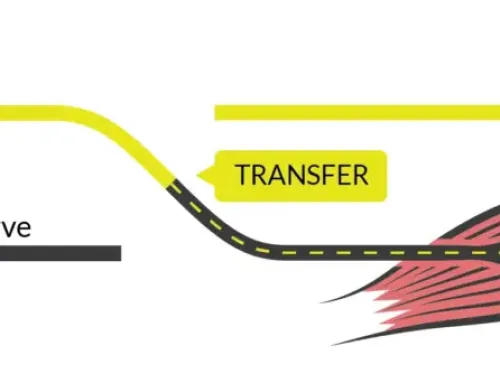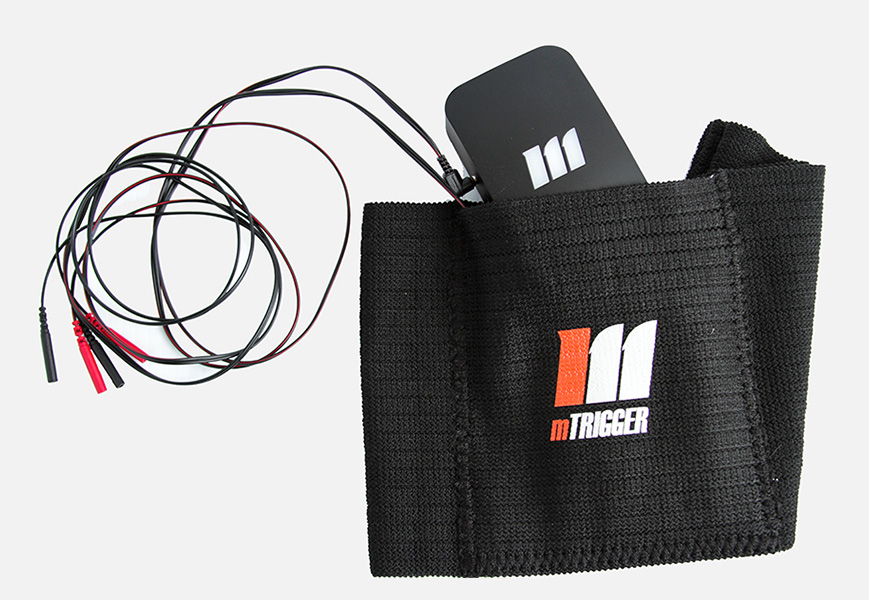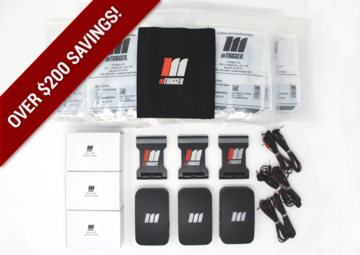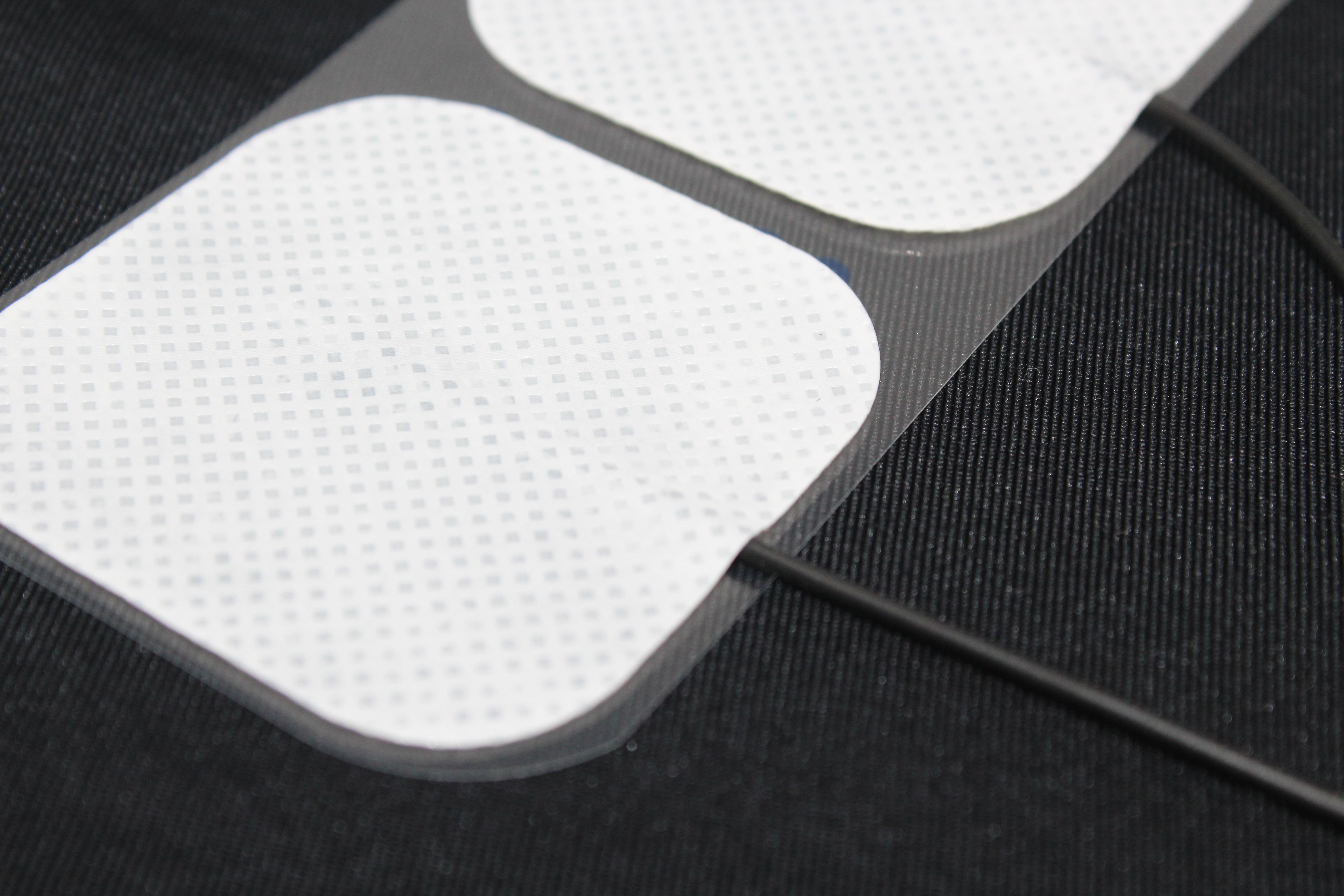A common debate amongst physical therapists after a rotator cuff (RTC) repair surgery is what exercises are appropriate when you are trying to protect the repair, but also know early range of motion (ROM) is critical for preventing post op stiffness and loss of function.(1) Thankfully, studies on EMG activation levels during common post operative shoulder exercises and daily activities, can be used to determine the amount of stress placed on the healing rotator cuff tendons. This allows rehab professionals to better manage the tension between healing and motion.
Twenty percent of patients over the age of 65 have a full thickness rotator cuff tear.(1) Thus, the prevalence of this surgery and the importance of proper rehabilitation is only increasing. EMG data can be used as a practical tool to help guide post operative decision making by categorizing muscle activation levels and helping to determine the parameters in which the rotator cuff can be loaded post operatively while still protecting the healing tendons.(1)
Although each surgeon and each surgical repair is different, studies have demonstrated an upper level of 15% maximal voluntary isometric contraction (MVIC) to be the cutoff for what is considered safe during the early post operative stage.(1) Let’s look at where common shoulder exercises and daily activities fall in relation to this parameter. Active assisted range of motion (AAROM) using the non-operative limb to assist with motion has an MVIC lower than 15% for the supraspinatus and infraspinatus.(1) Pendulum exercises, when done correctly using the trunk to generate motion, also fall below 15%. When done with active muscle activation, as it so often is, the MVIC is above 15% and not recommended.
Here is an example of an INCORRECT PENDULUM example using active muscle activation:
Here is an example of a CORRECT PENDULUM exercise:
Interestingly, according to this study, pulley exercises, a very common early post operative exercise, generated an MVIC higher than 15% as well.(1)
To protect the healing RTC tendons, mTrigger biofeedback can be used early on in rehab to help achieve desired movement and limit over activation of repaired tendons. Try having patients perform AAROM or the pendulum exercises with mTrigger biofeedback on the supraspinatus and/or infraspinatus to make sure they are performing the exercise in the appropriate manner. Since the supraspinatus is difficult to fully capture alone using surface EMG biofeedback, the upper trap can be used an an indicator for the amount of muscle activation and superior humeral head migration and glenohumeral joint compression that is occurring.(2)
Studies looking at the EMG levels of the RTC during activities of daily living can also be used to paint a complete picture of appropriate early loading recommendations, exercises, and patient education.
Walking (with or without a sling) elicits less than 7% MVIC in all muscle rotator cuff muscles besides the infraspinatus.(2)
Eating produces a (2):
- 16% MVIC contraction in the supraspinatus
- 14% MVIC in the infraspinatus
- 32% MVIC in the subscapularis
Consequently, eating while resting the elbow on the table significantly decreases activation of the supraspinatus and infraspinatus to a safer level.(2)
Drinking from a water bottle leads to an MVIC greater than 15% in both the infraspinatus and supraspinatus.(3)
Washing hair while standing up elicits a (2):
- 57% MVIC in the subscapularis
- 25% MVIC in the supraspinatus
- 23% MVIC in the infraspinatus
Washing hair while bending over decreased activation to a (2):
- 6% MVIC in the supraspinatus
- 11% MVIC in the infraspinatus
- MVIC of the subscapularis remains high despite changing positions
Brushing teeth yields a 12% MVIC for the supraspinatus and a 20% MVIC for the infraspinatus.(3)
Finally, typing yields low activation below 15% MVIC for both the supraspinatus and infraspinatus.(3)
It is imperative to understand and respect tissue healing for the first 3-6 months after a rotator cuff repair surgery.(1) Even at 12 weeks post operatively, the strength of the RTC repair is only 29-50% of normal.(1) At 15 weeks, it typically reaches close to full maturity.(1) During this time frame in rehab, the focus should be on low to moderate strengthening of the involved tendons given the strength of the healing tissues.
Further research done on EMG activity of the RTC and scapular muscles can help guide this phase of the rehab process. In general, the external rotators will have a higher EMG when exercises are performed in the scapular plane.(4)
For the infraspinatus, activation will be highest during a side lying external rotation exercise with the elbow in zero degrees of abduction.(4) Other excellent options include a standing ER at zero deg of abduction and prone horizontal abduction (at 100 degrees) with full ER.(4)
The teres minor can also be targeted with a side lying ER at zero deg of abduction.(4) Adding a towel roll between the elbow and side does increase activation of the infraspinatus and teres, however, the amount is not significant.(4)
When progressing exercises to 90 degrees of abduction, the activation of the supraspinatus and deltoid increase significantly.(4) For example, with a standing ER at 90 or a prone ER at 90. The greatest activation of the supraspinatus and deltoid occur during prone horizontal abduction at 100 degrees with full ER.(4) While these exercises are great for higher level strengthening, keep in mind that post operatively minimizing deltoid involvement is important for keeping superior humeral head migration at a minimum.(4)
Summary
Using mTrigger biofeedback combined with the knowledge available on RTC activation levels during common exercises can help patients achieve the desired level of activation post operatively. From moderating activation and guarding early on after surgery to helping promote muscle activation and strength of the involved tissues at the appropriate time, mTrigger biofeedback has a place and a purpose during all stages following surgery.
Advanced Shoulder Applications
|
How To Gamify Rehabilitation
|
References
- Edwards PK, Ebert JR, Littlewood C, Ackland T, Wang A. A Systematic Review of Electromyography Studies in Normal Shoulders to Inform Postoperative Rehabilitation Following Rotator Cuff Repair. Journal of Orthopaedic and Sports Physical Therapy. 2017;47(12):931-944. doi:10.2519/JOSPT.2017.7271
- Phadke V, Camargo PR, Ludewig PM. Scapular and rotator cuff muscle activity during arm elevation: A review of normal function and alterations with shoulder impingement. Rev Bras Fisioter. 2009;13(1):1. doi:10.1590/S1413-35552009005000012
- Yoon SH, Lee DH, Jung MC, Park YU, Lim SY. Electromyographic Activities of the Rotator Cuff Muscles during Walking, Eating, and Washing. Am J Phys Med Rehabil. 2016;95(11):e169-e176. doi:10.1097/PHM.0000000000000587
- Long JL, Ruberte Thiele RA, Skendzel JG, et al. Activation of the shoulder musculature during pendulum exercises and light activities. Journal of Orthopaedic and Sports Physical Therapy. 2010;40(4):230-237. doi:10.2519/JOSPT.2010.3095
- Reinold MM, Wilk KE, Fleisig GS, et al. Electromyographic analysis of the rotator cuff and deltoid musculature during common shoulder external rotation exercises. J Orthop Sports Phys Ther. 2004;34(7):385-394. doi:10.2519/JOSPT.2004.34.7.385








Leave A Comment